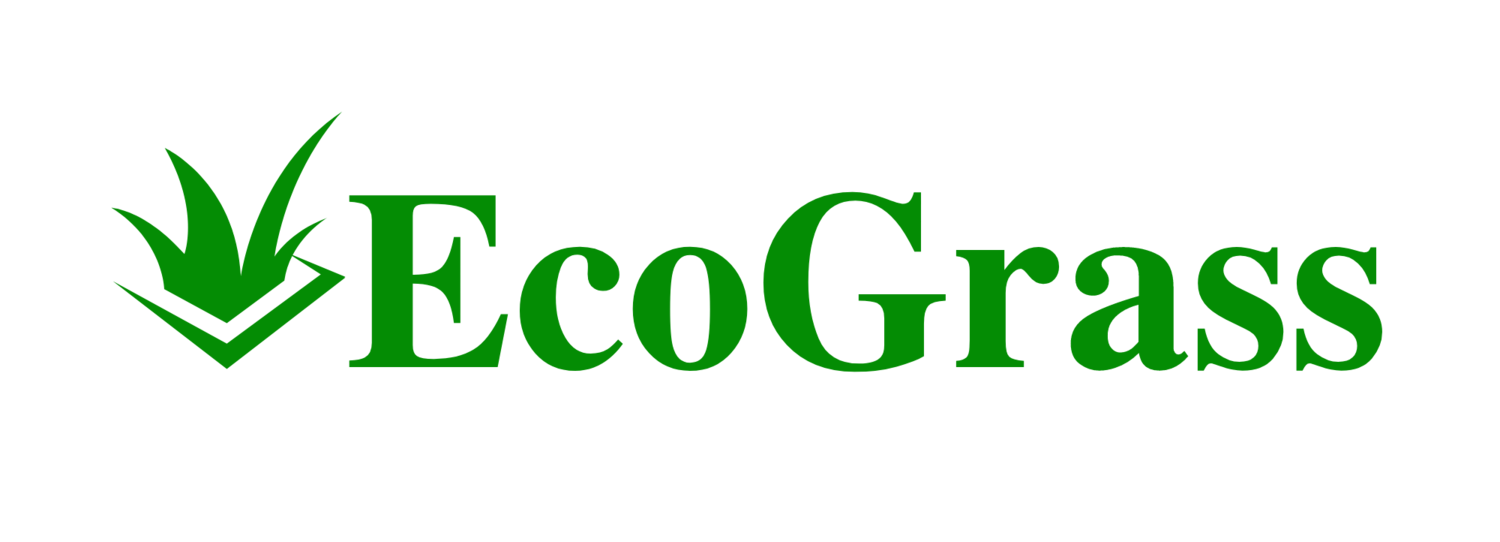As a homeowner looking to enhance your outdoor space, opting for artificial grass can be an excellent choice. This type of synthetic turf provides a low-maintenance, evergreen lawn that doesn't require the same care or resources as natural grass. To ensure a successful artificial turf installation, it's crucial to prepare the base correctly.
The foundation underneath your artificial grass plays a vital role in its longevity and performance. A well-installed base will ensure proper drainage, add stability, and prevent sagging or wrinkles in the turf over time. Typically, you start by clearing the area of weeds, debris, and rocks, and then proceed to excavate the soil to a sufficient depth to accommodate the sub-base materials.
The materials chosen for the sub-base are key to the turf's effectiveness. Commonly used materials include crushed rock, decomposed granite, or a mix of granite and limestone dust. These materials are chosen for their ability to compact tightly while still allowing water to permeate, thus avoiding water logging and ensuring a level surface for your synthetic turf. Proper compaction of the sub-base material creates a solid foundation that mimics the feel of natural earth, contributing to the aesthetic and practical appeal of your outdoor artificial lawn.
Preparation and Base Installation
Installing artificial grass requires careful preparation of the site and a properly installed base to ensure stability and drainage. The base should accommodate foot traffic and the weight of the grass while maintaining a level surface.
Site Preparation
Firstly, remove any existing grass and clear the site from weeds, rocks, and debris. It's essential to start with a clean slate. Excavate the soil to a depth of about 3-4 inches to make room for the base material. This depth supports most residential needs, providing a solid foundation for the artificial turf.
Choosing the Right Base Material
Select a base material that provides efficient drainage and stability. Materials like gravel, decomposed granite, or sand are recommended. Each has its pros and cons, with decomposed granite providing excellent stability and drainage, yet gravel can also be effective, especially for areas with high foot traffic.
Base Material Options:
Gravel: Good for drainage, available in various sizes.
Decomposed Granite (DG): Offers stability, facilitates compaction.
Sand: Economical; however, ensure it's coarse to enhance drainage.
Layering and Compaction
Begin by laying a sub-base material, such as gravel or decomposed granite, depending on your choice. Compact the first layer to about 90% of its original volume, ensuring a stable foundation. Next, add the base layer, which could be a finer grade of the same material, then compact this layer until you reach 95% compaction. A plate compactor is the most effective tool for this job to ensure even compaction and a level surface, crucial for the longevity of the artificial grass.
Ensuring Durability and Performance
To guarantee the lasting quality and functionality of your artificial grass, focusing on the underlying systems is crucial. An optimal drainage system, proper infill selection, and regular maintenance are key to enhancing resilience and longevity.
Optimizing Drainage System
Drainage system: Your artificial turf's durability greatly depends on its ability to handle moisture. Proper drainage ensures that water doesn't pool, reducing the risk of damage. For effective drainage:
Crushed Rock: Utilize a layer of crushed rock that allows water to pass through with ease, preventing accumulation and instability.
Weed Barrier: Place a weed barrier beneath the crushed rock to deter weeds without hindering water flow.
Selecting Infill and Installation
Infill: Infill provides stability to the artificial grass fibers. When selecting infill:
Materials: Choose among silica sand, rubber crumb, or a combination, depending on the intended use and the required resilience.
Installation: Even distribution during installation is vital. Ensure the infill is settled correctly to maintain even surfaces and prevent matting.
Maintenance and Upkeep
Maintenance: Routine maintenance extends the life of your artificial turf and keeps its appearance fresh. Include the following in your maintenance routine:
Surface Cleaning: Regularly remove debris to prevent buildup.
Weed Control: Should any weeds appear, remove them promptly to safeguard the integrity of the weed barrier and turf.
Infill Top-Up: Occasionally top up the infill to keep the blades upright and the ground stable.

